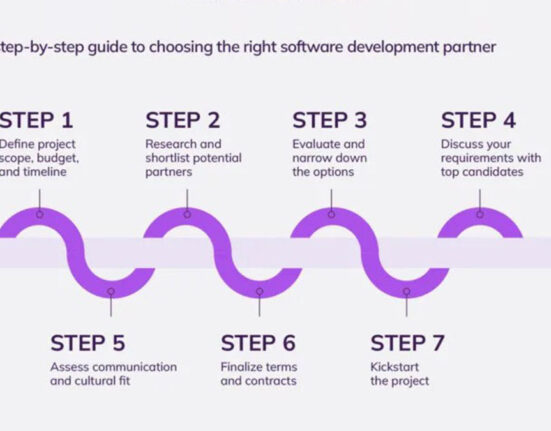Budgeting for software development is a critical step in ensuring your project’s success while avoiding financial pitfalls. Below is a structured guide to help you plan effectively, covering key considerations, actionable steps, and best practices.
1. Define the Project Scope
Start by clearly outlining your project’s goals, features, and functionalities.
- Must-Haves vs. Nice-to-Haves: Prioritize core features to allocate funds wisely.
- Use Case Scenarios: Document user journeys to identify essential requirements.
- Avoid Scope Creep: Use a Scope of Work (SOW) agreement to formalize deliverables.
2. Choose Your Development Model
Decide between in-house, outsourced, or hybrid teams based on cost and control:
- In-House: Higher upfront costs (salaries, benefits) but better oversight.
- Outsourced: Cost-effective for specialized skills, but factor in communication tools (e.g., Slack, Zoom).
- Hybrid: Balance core features in-house with outsourced niche tasks.
3. Select the Technology Stack
The tools and frameworks you choose impact both initial and long-term costs:
- Popular Frameworks: React, Node.js, or Django reduce costs due to developer availability.
- Open-Source Tools: Avoid licensing fees but budget for customization.
- Scalability: Cloud services (AWS, Azure) offer pay-as-you-go models but require cost monitoring.
4. Estimate Costs by Component
Break down expenses into categories:
- Labor:
- In-house: 80k–80k–150k/year per developer.
- Outsourced: 25–25–50/hour (offshore) or 50–50–150/hour (onshore).
- Technology:
- Licenses (e.g., enterprise software).
- Third-party APIs (Stripe, Google Maps).
- Testing: 15–25% of the budget for QA and automated tools (Selenium, Jest).
- Project Management: 10–15% for tools (Jira, Trello) and personnel.
- Post-Launch: 20% for maintenance, updates, and user support.
5. Choose a Contract Type
- Fixed-Price: Predictable costs but rigid scope. Ideal for small, well-defined projects.
- Time-and-Materials: Flexible for evolving projects but requires ongoing budget reviews.
6. Build a Contingency Fund
Allocate 10–20% of the total budget for unexpected costs like:
- Scope adjustments.
- Security vulnerabilities.
- Integration challenges.
7. Plan for Long-Term Costs
Factor in the Total Cost of Ownership (TCO):
- Maintenance: Regular updates, bug fixes, and server costs.
- Scaling: Infrastructure upgrades for user growth.
- Compliance: GDPR, HIPAA, or industry-specific regulations.
8. Use Budgeting Tools
- Spreadsheets: Track line items with Google Sheets or Excel.
- Project Management Software: Monitor real-time spending in tools like Asana.
- Cloud Cost Management: AWS Cost Explorer or Azure Cost Management.
9. Avoid Common Pitfalls
- Underestimating Testing: Poor QA leads to costly post-launch fixes.
- Ignoring Training: Budget for user onboarding and documentation.
- Overlooking Hidden Costs: Compliance audits, data migration, or hardware upgrades.
10. Review and Adjust
- Weekly Check-Ins: Compare actual vs. projected spending.
- Stakeholder Updates: Communicate budget status transparently.
- Flexibility: Adjust allocations as priorities shift.
Budget Template Example
| Category | Estimated Cost | Actual Cost | Variance |
|---|---|---|---|
| Development Labor | $50,000 | $55,000 | +10% |
| Technology & Tools | $15,000 | $12,000 | -20% |
| Testing | $10,000 | $11,000 | +10% |
| Contingency | $10,000 | $5,000 | -50% |
| Total | $85,000 | $83,000 | -2% |
Final Tips
- Benchmark: Research industry averages for similar projects.
- Negotiate: Bundle services or seek discounts for long-term partnerships.
- Document Everything: Ensure contracts outline payment terms, milestones, and IP ownership.






Leave feedback about this